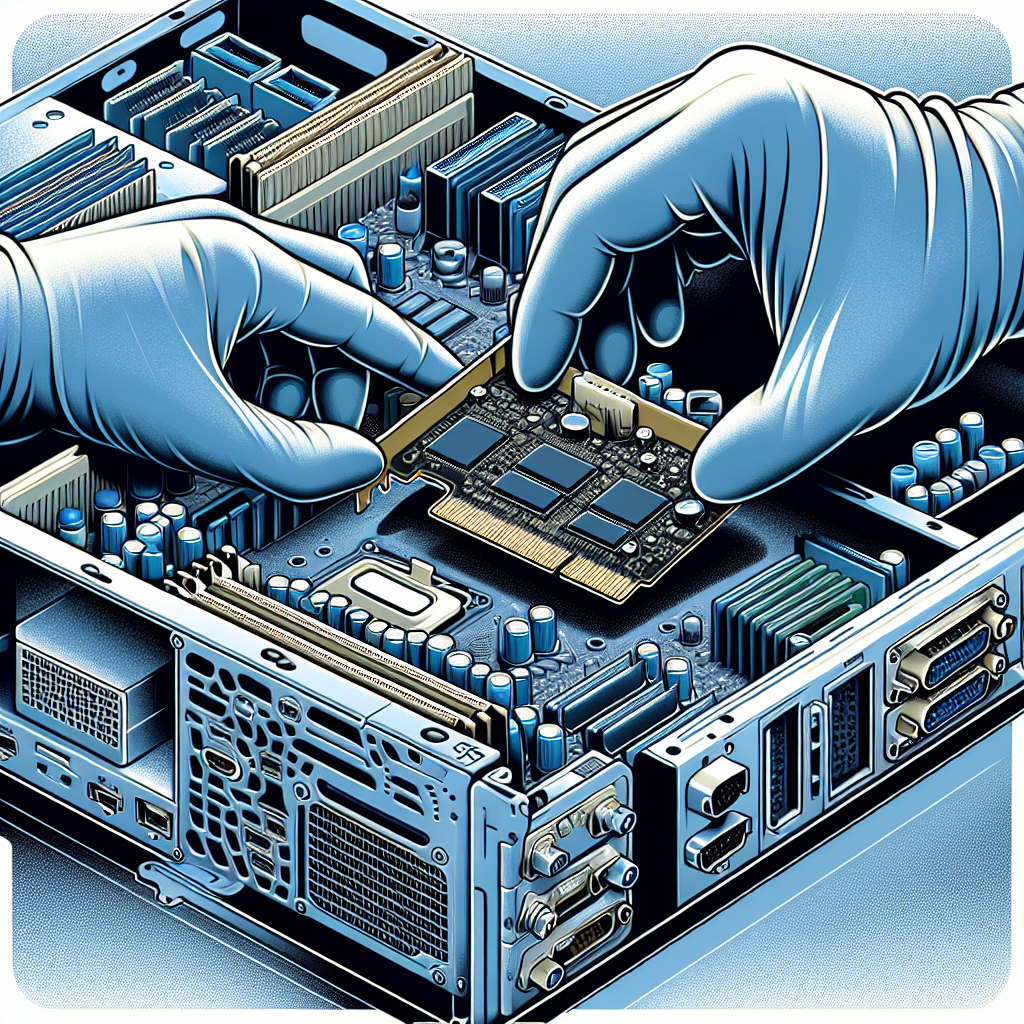Installing a serial port expansion card can be a bit daunting if you’re not familiar with computer hardware. This guide will help you through the entire process, ensuring that you can accomplish the task without any issues. Whether you’re adding more ports for your old peripherals or professional equipment, here are the steps you need to follow.
What is a Serial Port Expansion Card?
A serial port expansion card is a hardware component that adds additional serial ports to your computer. These ports are essential for connecting various types of legacy devices or specialized professional equipment. The card fits into one of your computer’s PCI or PCIe slots and provides additional communication ports.
Preparation
Tools and Materials Needed
- Screwdriver
- Serial port expansion card
- Anti-static wrist strap (optional, but recommended)
Check System Requirements
Before starting the installation, make sure that your computer supports the type of card you are planning to install. Most modern cards use PCIe, but older systems might require a standard PCI card. Check your motherboard’s documentation for the correct type.
Step-by-Step Installation Guide
1. Power Down Your Computer
First, make sure to turn off your computer and unplug it from the power source. This is critical to avoid any electrical damage or injury.
2. Open Your Computer Case
Using a screwdriver, open your computer case. Most cases have screws at the back that need to be removed. After the screws are out, carefully take off the side panel to expose the motherboard and existing components.
3. Locate an Available PCI or PCIe Slot
Identify a free PCI or PCIe slot on your motherboard. The type of slot will depend on the type of serial port expansion card you have. PCIe slots are generally smaller and faster compared to the standard PCI slots.
4. Ground Yourself
To prevent static electricity from damaging your components, ground yourself by touching a metal part of your computer case. Alternatively, you can wear an anti-static wrist strap.
5. Insert the Serial Port Expansion Card
Take your serial port expansion card and carefully insert it into the chosen PCI or PCIe slot. Make sure it is fully seated and aligned with the bracket on the back of your case.
6. Secure the Card
Using the screws that you removed from the expansion slot cover, secure the serial port expansion card in place. Ensure that the card is firmly seated in the slot and the screws are tight to avoid any loose connections.
7. Close the Computer Case
After securing the card, replace the side panel of your computer case and screw it back into place. Make sure all screws are tight to prevent any dust from entering the case.
8. Power On and Install Drivers
Plug your computer back into the power source and turn it on. Once your operating system boots up, it should detect the new hardware. You may need to install drivers, which typically come with the card or can be downloaded from the manufacturer’s website.
Troubleshooting
Common Issues and Fixes
- Card Not Recognized: Double-check that the card is properly seated in the slot and that the drivers are correctly installed.
- No Output from Serial Ports: Ensure your connected devices are compatible and functioning correctly. Verify the settings through the device manager.
- Intermittent Issues: Check for any loose connections or try a different expansion slot if available.
Benefits of Adding a Serial Port Expansion Card
By installing a serial port expansion card, you can significantly improve the connectivity options of your computer. This is particularly useful for professionals who rely on older equipment. Moreover, multiple serial ports can streamline workflows that depend on simultaneous connections with various devices.
Conclusion
Installing a serial port expansion card is a straightforward process if approached methodically. Follow the steps outlined in this guide to ensure a successful installation. Whether you are a hobbyist or a professional, additional serial ports can greatly enhance your computer’s capabilities.

